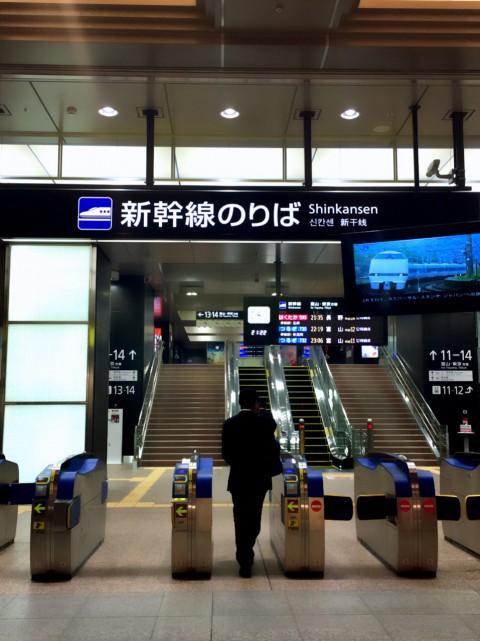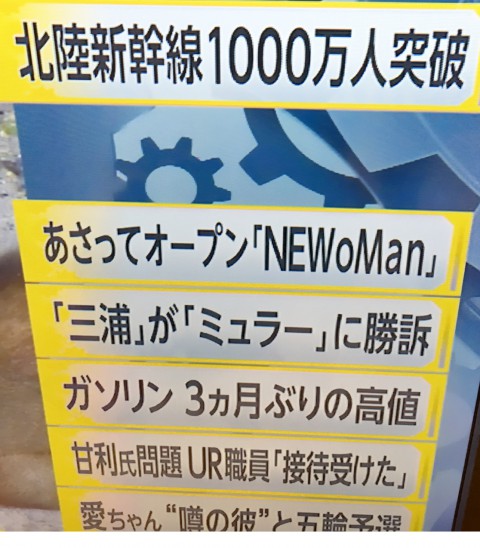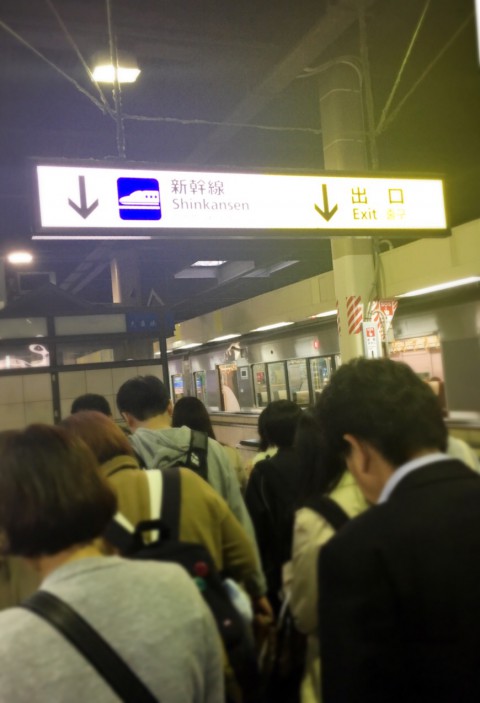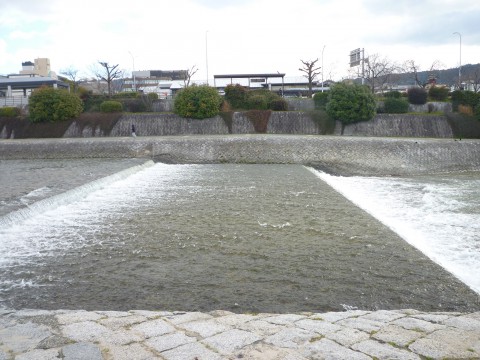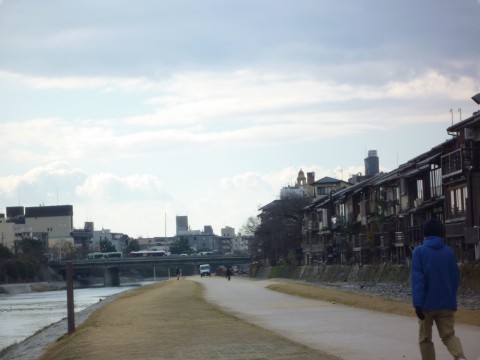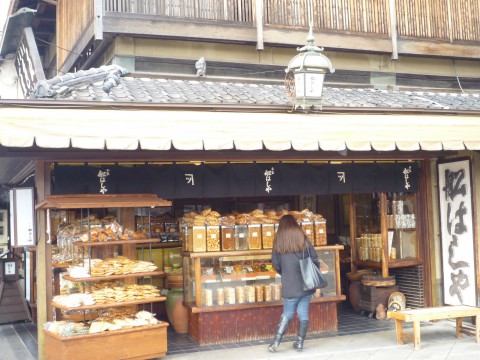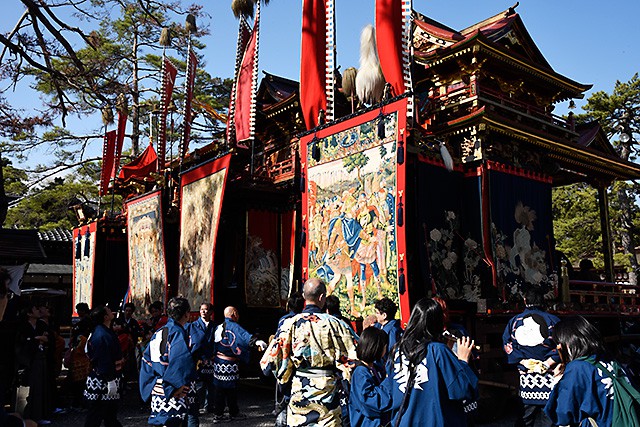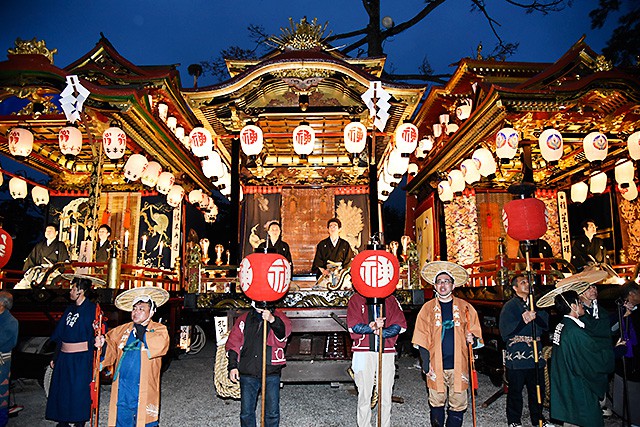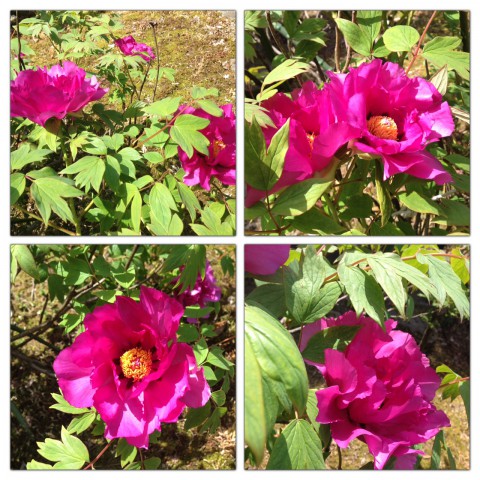Onomai / Dance of Tengu (goblin) at Mimi Shrine in Mihama-cho, Fukui Prefecture
2016.05.11
During Golden Week (consective holidays from Apr. 29th to May 8th this year),
on the afternoon of May 1st, I visited Mimi Shrine in Mihama-cho, Fukui Prefecture.
On that day,from morning till evening, several kinds of Shinto ritual were performed.
I saw the last part of it.

As soon as I arrived there, the last part of “Goheioshi” came around. A group of men looking like they were drunk walked around with Oogohei (a wand with hemp and paper streamers, used in Shinto ceremony) without decoration paper (because the paper was stripped off by the participants) which looked like a large baseball bat. These men started walking up the stairs in front of Haiden (a hall for prayer). As they let the edge of the stick hit each stone step and move it up stairs, there was another group of men waiting to block the group. Because both of the group were acting roughly toward each other on stairs, I think I saw some of the men fell from the stairs...
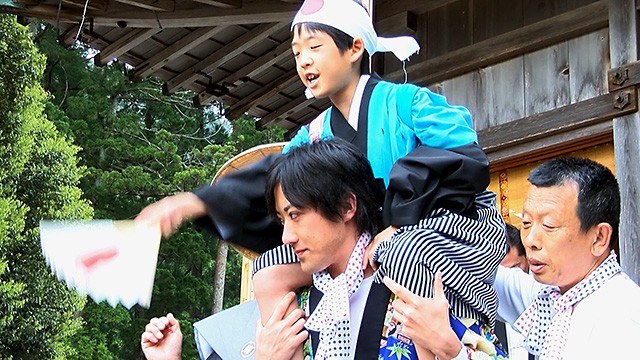
At the top of the stairs, there was a boy called “Heisashi” waiting. As the “Oogohei” arrived at the top, the boy was carried onto it and moved to Honden (the main Shrine). During this part of the Shinto ritual, everyone was mobbed by each other so I could not see what was exactly happening there. It looked like the boy arrived at Honden (the main Shrine) without any major problems.
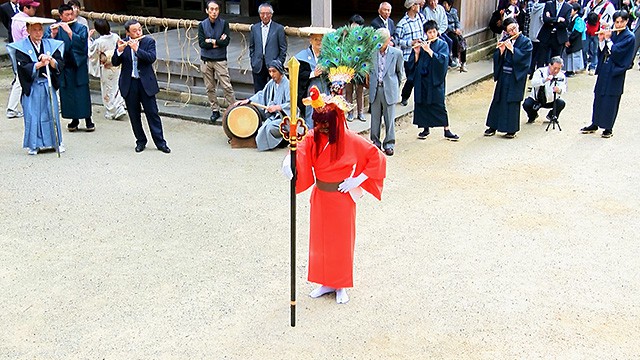
After the rough Shinto ritual, Goheioshi was finished, the atmosphere was changed to a quiet one. With sound of slower and more quiet Japanese flute (this flute has a high-pitched sound) and a drum, “Onomai”, dance of Tengu (goblin) was started. The dancer with a long stick wearing red kimono dress and a Tengu mask (goblin mask) had a peacock called Torikabuto on his head.
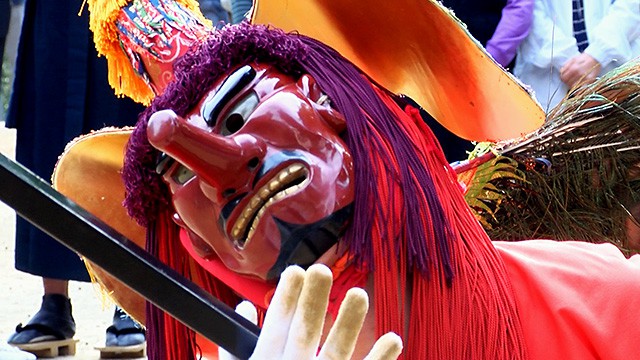
As I watched graceful but intense dance which was repeated quietly with same movement,
I was wondering if the origin of the tengu might be from what ancient people remembered of the foreigner who they met.

Lastly, a lion dancer performed. The public officials (?) gathered in front of Honden (the main Shrine) and the lion was caught by them and got away from them again and again, which was funny to watch. And the lion dancer even got the visitors around this area involved and it kept dancing around. As soon as this part of Shinto ritual was finished, the festival was finished as well and the precinct became quiet.
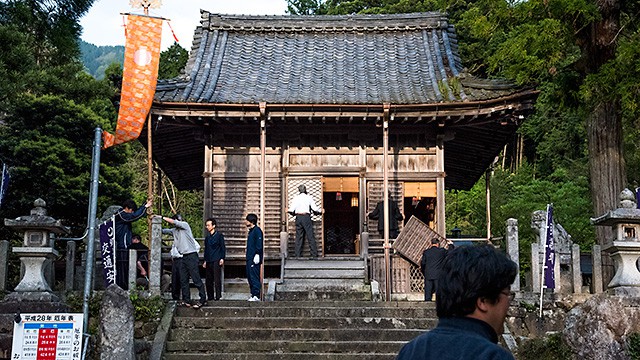
T.S


